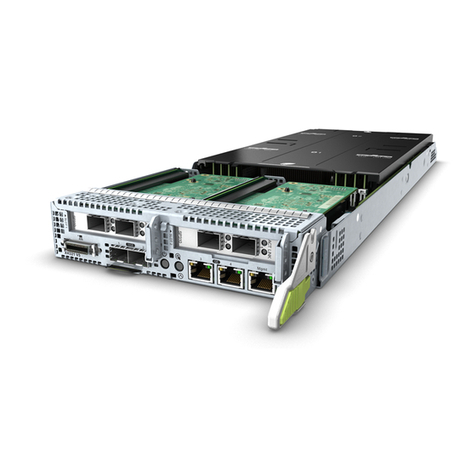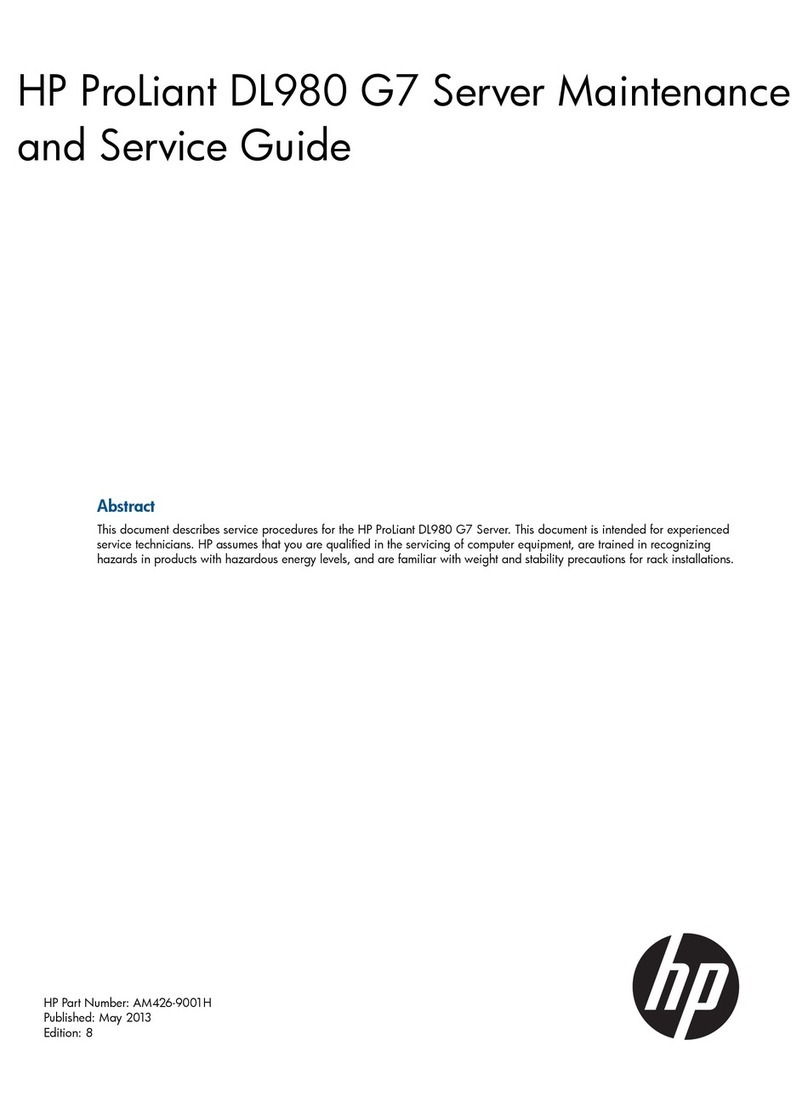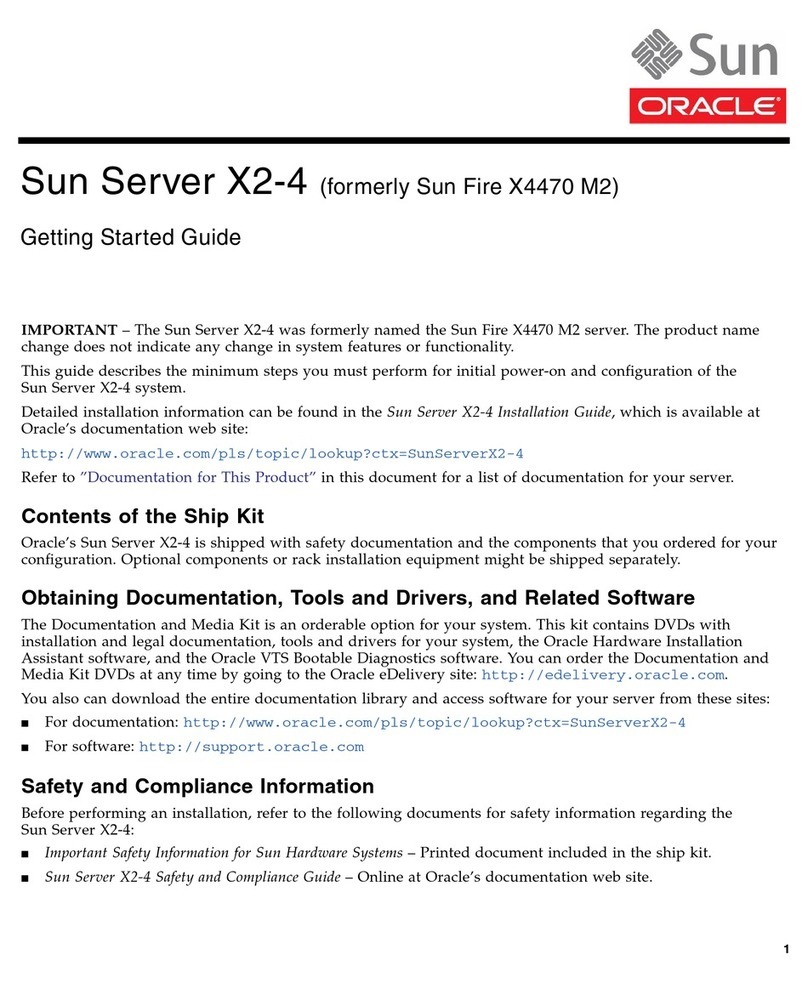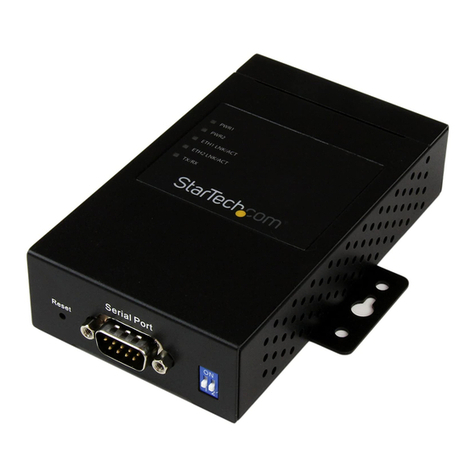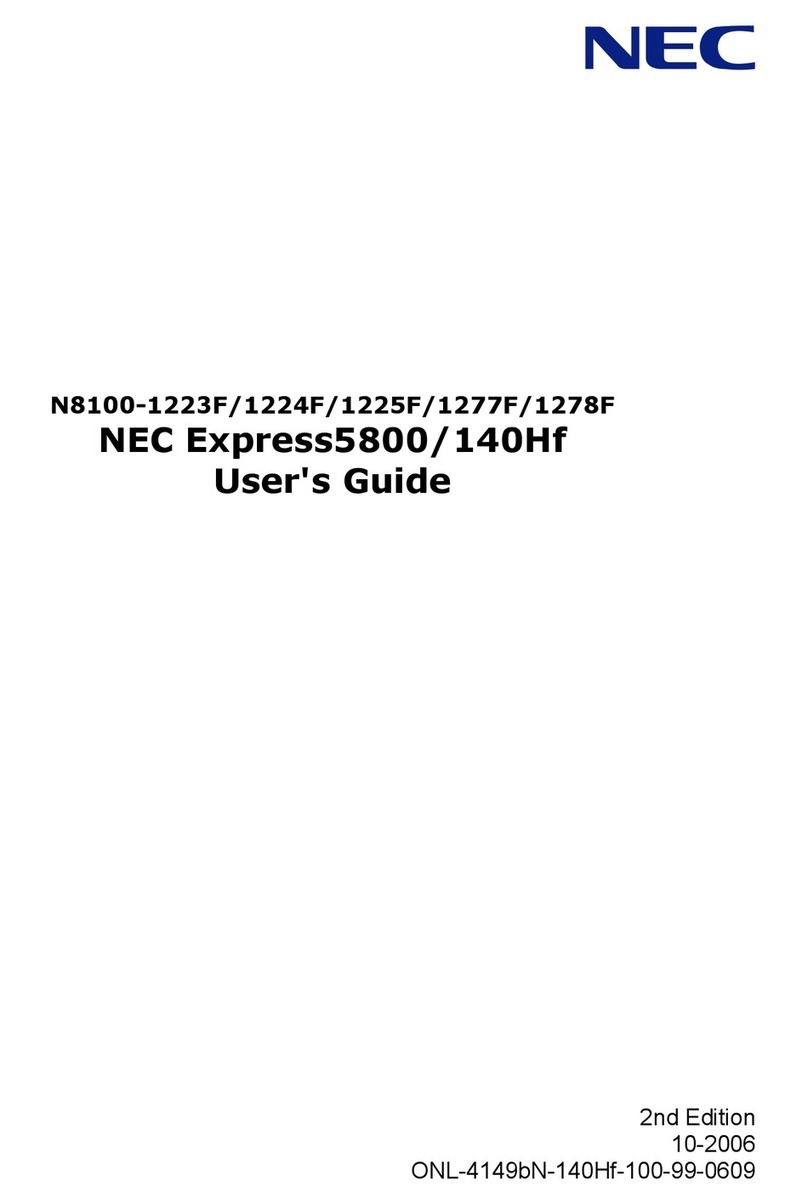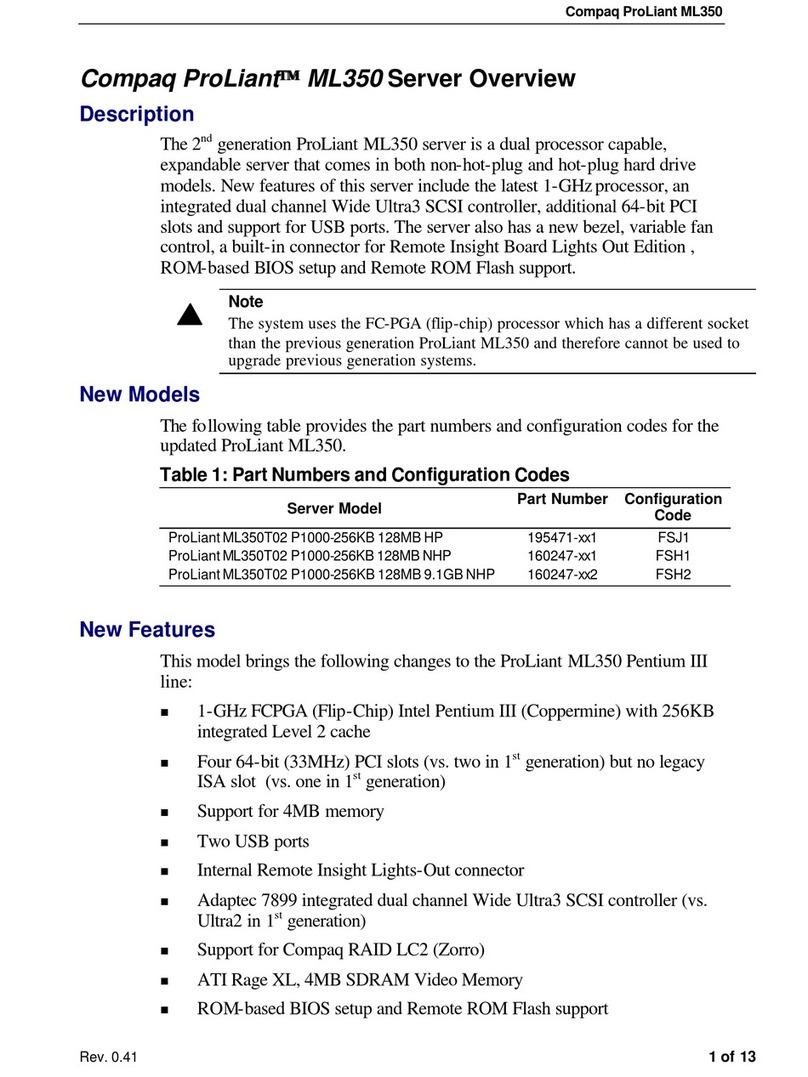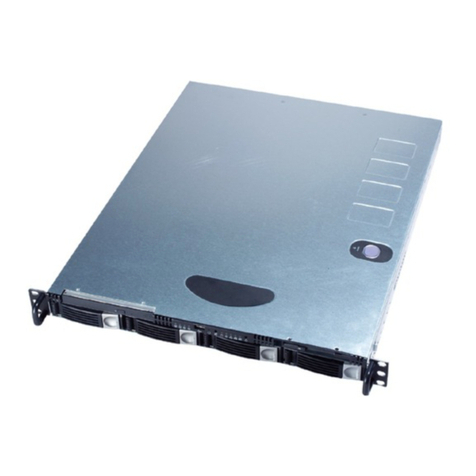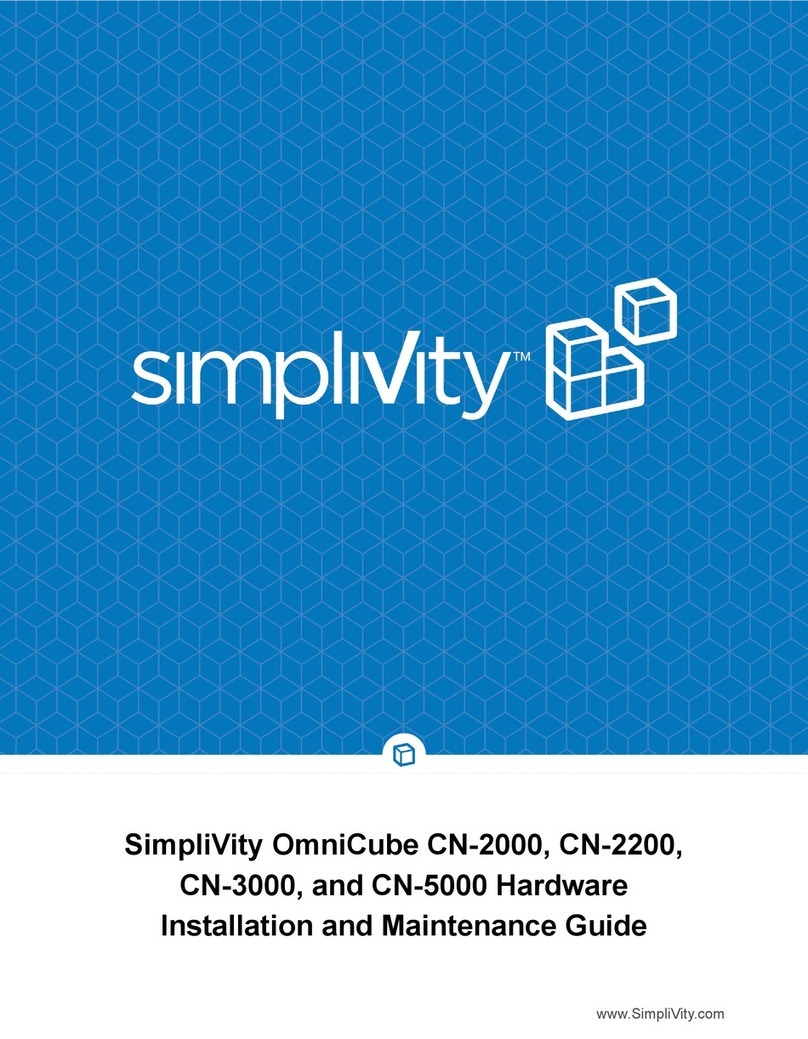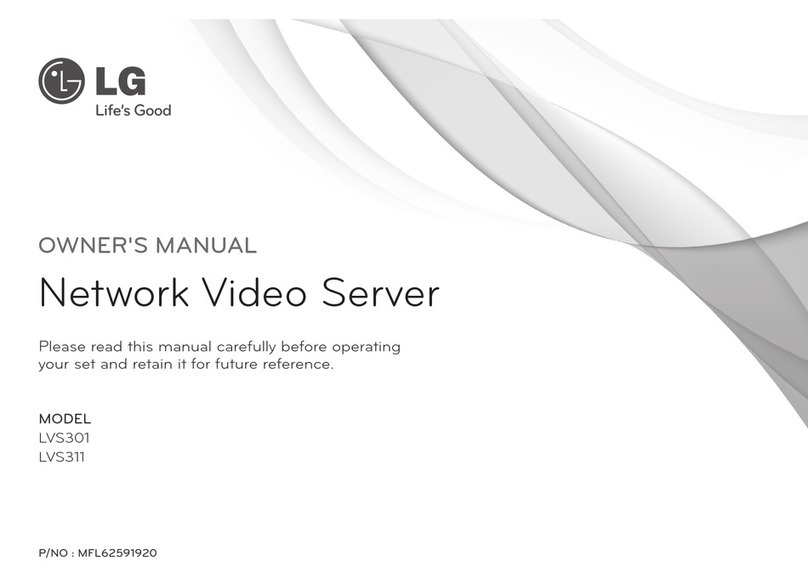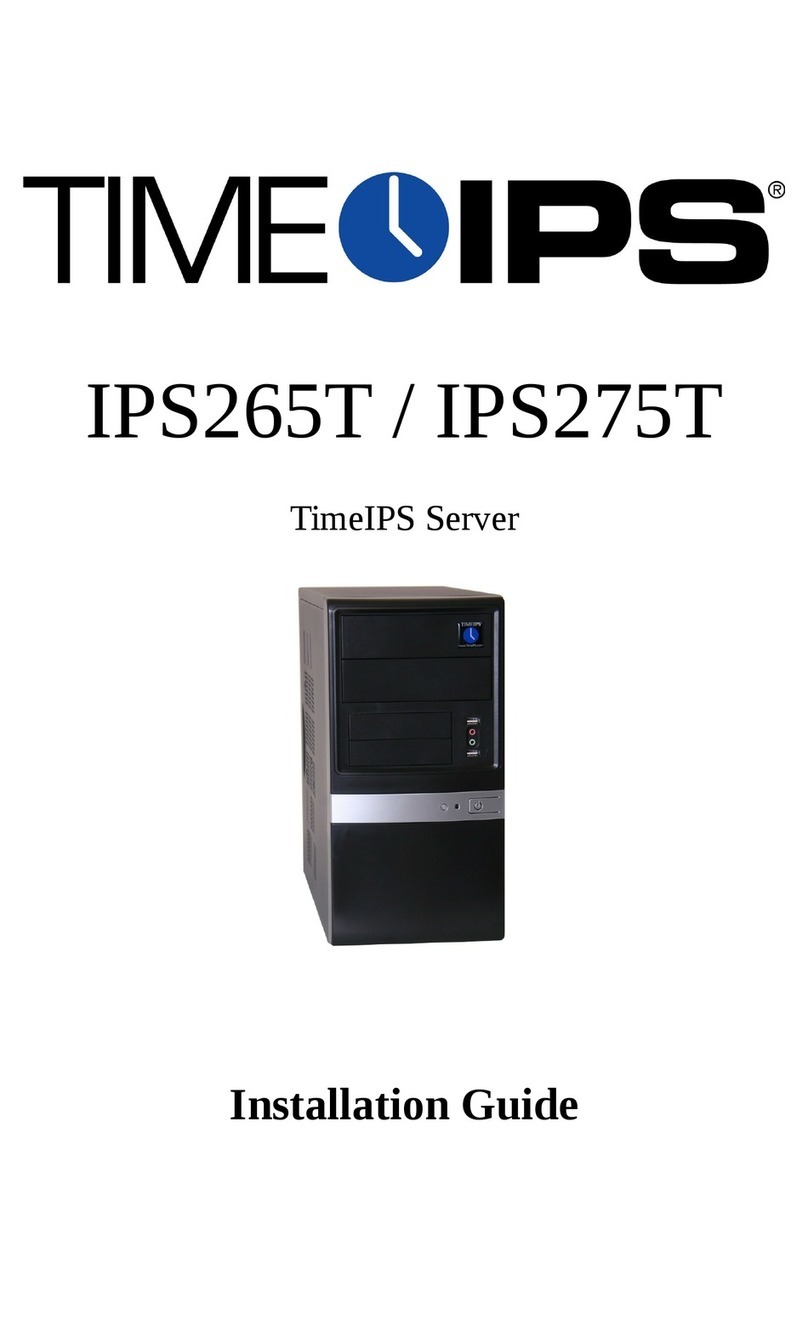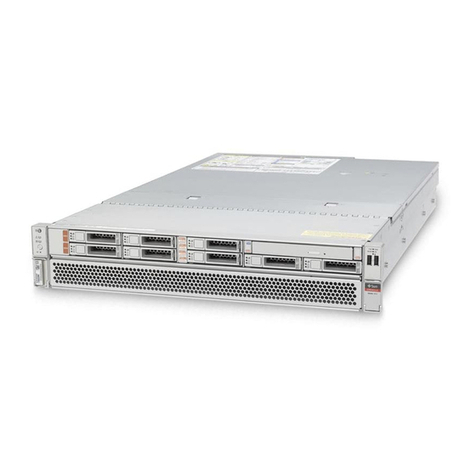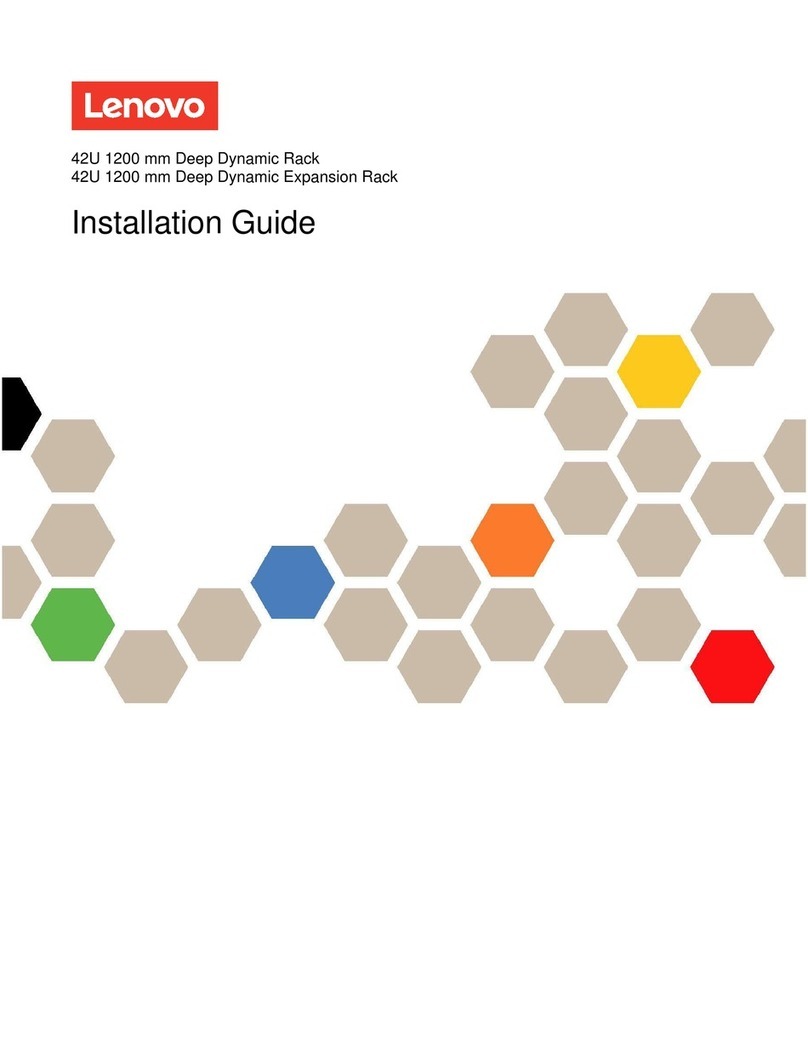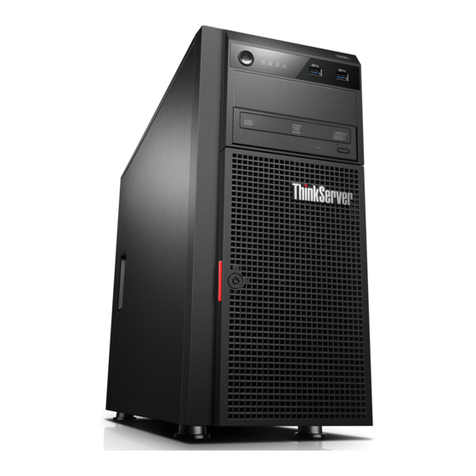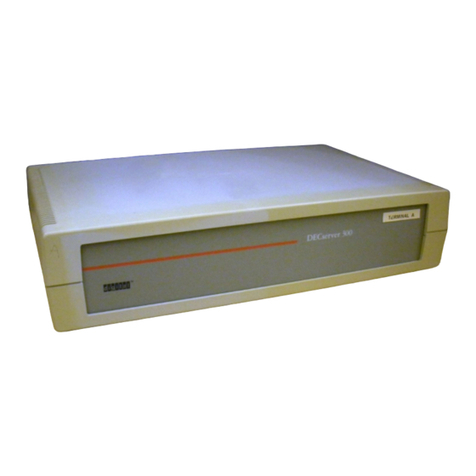semaphore TBOX LT2-530 Series User manual

User's Guide
Cabling & Technical Specifications
Version 1.09
LT2

Version : 1.09 2
Certifications
CE
FCC
CSA for US
and Canada
C-Tick
A-Tick
RoHS
Hazardous
Area
Class I,
Division 2
Disclaimer
Every effort has been made to ensure the accuracy of the information in this guide. However, Semaphore assumes no
responsibility for the accuracy of the information.
Product information is subject to change without notice.
Windows 2003, XP, VISTA, 2008, 7, 8, 10 are trademark of Microsoft Corp.
Internet Explorer is a trademark of Microsoft Corp.
Copyright
2012-2016 by
Edition: August 26, 2016
TWinSoft Version: 11.04
Author: Jean Burton
Drève Richelle, 161 - bâtiment M
B-1410 Waterloo

Version : 1.09 3
Important Safety Instructions
Read and understand all instructions. Save these instructions.
Read the instruction manual carefully before using the equipment and comply with the instructions that it
contains to avoid mistakes and to prevent any personal injury or damage to property.
WARNING: It is mandatory that this equipment is earthed by the rack. Connect the crimp terminal ring to the
earth with a stranded wire between 1.5 and 2.5 mm² inclusively. The cable must be crimped consistent with
rules of good practice.
Installation must be carried out by suitable, competent personnel, according to the steps and stated
specifications described in this manual.
Use only the approved color-coded wires for connecting to mains. The green/yellow colored wire can be only
used as earth wire.
This equipment has been designed for use only by qualified and instructed personnel in an industrial
environment. This equipment must be operated in a restricted access location according to IEC60950.
It is Safety Class III equipment, according to IEC classification; this equipment must be powered by a Safety
Extra Low Voltage (SELV).
This equipment has been designed to meet IEC60950-1 requirements (safety of information technology
equipment)
This equipment has been designed for indoor use in a Pollution Degree 2 environment (dry non-conductive
pollution).
The module must be fastened to the rack using a screw driver, with a recommended minimum torque of 0.5
Nm.
CAUTION – Never power the module when not fixed on the rack. Switch off and disconnect power before
removing the module from the rack.
Connection from the equipment to mains must be protected by a circuit breaker of 16 A on both line and
neutral.
CAUTION – To reduce the risk of fire, use only No. 26 AWG or larger telecommunication line cord.
Do not use your TBox in a wet environment.
Using this instrument in a way not specified by these instructions can impair the equipment safety. Do not
operate the instrument outside its rated supply voltage and environmental ranges.
Do not open power supply unit. There are no user serviceable parts inside.
Do not connect or disconnect any connector when powered.
Protect your TBox from environmental hazards such as dirt, dust, food, liquids, excessive temperature, and
sunlight overexposure.
Keep your TBox away from direct or excessive moisture or rain and extremely hot or cold temperatures to
ensure that the TBox is used within the specified operating range.
CAUTION – Risk of explosion if battery is replaced by an incorrect type or is incorrectly installed. Be careful to
insert the battery with the right polarity. Dispose of used batteries according to the local regulations.
This equipment is suitable for use in Class I, Division 2, Groups C-D
WARNING: Do not open the box in explosive atmosphere
Canada
The TBox LT2 must be mounted in a suitable protective enclosure, which incorporates means to allow for field
wiring connections in accordance with Section 18 of the Canadian Electrical Code (CEC), Part I, where the suitability
of the final combination is to be determined by CSA or the Inspection Authority having jurisdiction.

Version : 1.09 4
Environmental Considerations
Battery Disposal
! CAUTION: There is a danger of a new battery exploding if it is incorrectly installed. Replace the
battery only with the same or equivalent type recommended by the manufacturer. Do not dispose of
the battery along with household waste. Contact your local waste disposal agency for the address of
the nearest battery deposit site.
Your TBox uses a lithium coin cell battery. The lithium coin cell battery is a long-life
battery, and it is very possible that you will never need to replace it. However, should
you need to replace it, see chapter 19.2 for instructions.
General Precautions in Cabling
To avoid electrostatic discharge, drain off electrostatic charges by touching a know earth
immediately before handling TBox, touching front plate toggle switch, connectors or cables.
Ethernet cabling must be with Shielded SFTP cable to guarantee class B immunity.
Cabling of Inputs/Outputs, RS232 connections, GSM antennas cannot exceed 30 m., neither leave
the building without surge protection.
Cabling to DC power, PSTN modem and RS485 can exceed 30 m.
In case of DC power to a distribution network, it is mandatory to use a surge protection.
Certifications
SAFETY CSA
CEBEC
CAN/CSA C22.2 No 60950-1-07
ANSI/UL 60950-1:2005 (2nd edition)
IEC 60950-1:2005 + corrigendum 2006 + A1:2009
EMC
EN 61000-4-2:1995 + A1:1998 + A2:2001
EN 61000-4-8:1993 + A1:2001
EN 61000-4-3:2002 + A1:2002 + A2:2005
EN 61000-4-11:2004
EN 61000-4-4:1995 + A1:2000 + A2:2001
EN 55011:1998 + A1:1999 + A2:2002
EN61000-4-5:2006
EN 61326-1:2006
EN 61000-4-6:1996 + A1:2000 + A2:2005
FCC
CFR47: 2005 (Part15 Sub Part B)
EN55011: 1998 +A1, A2
CE
Low Voltage directive: 2006/95/EC
Electromagnetic Compatibility Directive: 2004/108/EC
C-TICK
ACMA N3413
A-TICK
AS/ACIF S042.1:2006
AS/ACIF S042.3:2005
RoHS
Class I, Division 2
Gr. A, B, C, D - T4
CSA Std C22.2 No 0-M1991 - General Requirements – Canadian Electrical Code Part II
CSA Std C22.2 No 142-M1987 - Process Control Equipment
CSA Std C22.2 No 213-M1987 – Non Incendive Electrical Eqpt for Use in CI, Div 2 Hazardous Loc.
UL 916 (4th Edition) - Energy Management Equipment
ANSI/ISA–12.12.01–2007 – Non incendive Electrical Eqpt. for Use in CI and II, Div 2 and Cl III, Div 1
and 2 Hazardous (Classified) Locations
CAN/CSA C22.2 No. 60950-1-07 - Information Technology Eqpt – Safety – Part 1: General Rqmts
ANSI/UL 60950-1, 2nd Edition - Information Technology Equipment – Safety – Part 1: General Rqmts

Version : 1.09 5
TABLE OF CONTENTS
PRESENTATION...................................................................................................... 11
1. How to use this manual?............................................................................................14
1.1. What is in the manual? ...............................................................................................14
1.2. What is not in the manual?.........................................................................................14
2. The Hardware Models................................................................................................15
2.1. LT2-530-x .....................................................................................................................15
2.2. LT2-532-x .....................................................................................................................15
2.3. LT2-540-x .....................................................................................................................15
2.4. LT2-542-x .....................................................................................................................16
HARDWARE ......................................................................................................... 17
3. Installation of the TBox-LT2........................................................................................18
3.1. Installation of the Rack on a DIN rail ..........................................................................18
3.2. Installation on a wall...................................................................................................18
3.3. Earthconnection ..........................................................................................................18
3.4. Cabling ........................................................................................................................19
TWINSOFT - GETTING STARTED ................................................................................ 21
4. Installation of TWinSoft .............................................................................................22
4.1. System requirements...................................................................................................22
4.2. Installation of the CD-ROM .........................................................................................23
4.3. Programs of ‘TWinSoft Suite’......................................................................................25
5. Starting TWinSoft ......................................................................................................26
5.1. Wizard .........................................................................................................................27
5.2. Communicating with TBOX LT2 ....................................................................................28
5.3. PC Communication Set up...........................................................................................28
5.3.1. Communication possibilities of TWinSoft ...................................................................... 29
5.3.2. IP setting of PC................................................................................................................ 29
5.3.3. IP setting of TWinSoft..................................................................................................... 31
5.4. Factory IP address - changing IP address....................................................................32
5.5. Testing communication ...............................................................................................33
5.6. Reset of TBox LT2.........................................................................................................34
5.6.1. Global reset of TBox LT2 ................................................................................................. 34
5.6.2. Working Modes Available with Toggle Switch................................................................ 34
5.7. Sending ‘Operating System’ ........................................................................................35
5.8. LED « RUN »................................................................................................................35
5.9. Saving and Sending a Program ...................................................................................36
5.9.1. Saving a document – Backup document ........................................................................ 36
5.9.2. Compiling an application................................................................................................ 36
5.9.3. Sending an application ................................................................................................... 37
TWINSOFT - PROGRAMMING................................................................................... 39
6. Introduction ..............................................................................................................40
7. RTU properties ..........................................................................................................41
7.1. General properties ......................................................................................................42
7.2. Add-ons .......................................................................................................................43
7.3. Protection....................................................................................................................43
7.4. IP Security....................................................................................................................44
7.4.1. Firewall ........................................................................................................................... 44
7.4.2. HTTPS.............................................................................................................................. 44
7.4.3. SSH.................................................................................................................................. 45

Version : 1.09 6
7.5. Info properties.............................................................................................................45
7.6. Advanced.....................................................................................................................45
7.6.1. Start/Stop ....................................................................................................................... 45
7.6.2. Alarms............................................................................................................................. 47
7.6.3. Sampling Tables .............................................................................................................. 50
7.6.4. Temperature ................................................................................................................... 50
7.6.5. ModBus Transactions ..................................................................................................... 51
7.6.6. Ports................................................................................................................................ 51
7.6.7. TCP/IP ............................................................................................................................. 52
7.6.8. Environment variables.................................................................................................... 53
7.6.9. Power Fail ....................................................................................................................... 54
7.6.10. Web and Report.............................................................................................................. 54
7.6.11. Plug&Go.......................................................................................................................... 55
8. Resources..................................................................................................................56
8.1. The CPU Card...............................................................................................................56
8.2. Communication Ports..................................................................................................56
8.2.1. Communication ports tabs ............................................................................................. 57
8.2.2. Serial ports...................................................................................................................... 57
8.2.3. Ethernet.......................................................................................................................... 58
8.2.4. GSM 3G modem ............................................................................................................. 58
8.2.5. USB ................................................................................................................................. 63
8.3. Communication Variables ...........................................................................................64
8.3.1. Digital Communication Variable..................................................................................... 64
8.3.2. Analog Communication Variable .................................................................................... 65
8.4. Groups of I/Os .............................................................................................................67
8.5. System variables..........................................................................................................68
8.5.1. Digital System Variables.................................................................................................. 68
8.5.2. Analog System Variables................................................................................................. 70
8.6. Timers & Counters.......................................................................................................74
9. Tags & Variables ........................................................................................................75
9.1. Physical I/O..................................................................................................................76
9.1.1. Analog I/O....................................................................................................................... 77
9.2. Internal Variables (Registers) ......................................................................................78
9.2.1. Digital Internal Variable.................................................................................................. 78
9.2.2. Analog Internal Variable ................................................................................................. 79
9.2.3. Text Internal Variable...................................................................................................... 80
9.3. ModBus address..........................................................................................................81
9.3.1. ModBus address of System Variables............................................................................. 81
9.4. Tags - Presentation / Write .........................................................................................82
9.5. Run Time Parameters..................................................................................................83
9.5.1. Modbus Device............................................................................................................... 83
9.5.2. Alarm Parameters........................................................................................................... 83
9.5.3. Datalogging Parameters ................................................................................................. 84
9.5.4. IP Parameters.................................................................................................................. 84
9.5.5. GSM/GPRS Parameters................................................................................................... 85
9.5.6. RTU Properties................................................................................................................ 86
10. IP Parameters.........................................................................................................87
10.1. ISP configuration .....................................................................................................88
10.2. FTP(S) Server............................................................................................................89
10.3. SFTP Server ..............................................................................................................90
10.4. SMTP(S) Server ........................................................................................................91
10.4.1. About SMTP Redundancy............................................................................................... 92

Version : 1.09 7
10.5. POP3 Server.............................................................................................................92
10.5.1. Alarm Acknowledgment through POP3.......................................................................... 93
10.6. NTP Server ...............................................................................................................94
10.6.1. Time accuracy................................................................................................................. 94
10.7. DynDNS....................................................................................................................95
10.7.1. How to configure DynDNS in TBox ................................................................................. 95
10.8. Virtual Server...........................................................................................................97
10.9. IP Bridge ..................................................................................................................98
10.9.1. Introduction.................................................................................................................... 98
10.9.2. Configuration.................................................................................................................. 98
10.9.3. Example with MS-CPU32X.............................................................................................. 99
10.9.4. Sending Configuration through a Bridge ...................................................................... 100
10.11. Trace Log ...............................................................................................................101
11. IP Security............................................................................................................ 102
11.1. VPN........................................................................................................................102
11.1.1. Introduction.................................................................................................................. 102
11.1.2. How does OpenVPN work ? ......................................................................................... 102
11.2. Firewall ..................................................................................................................105
11.2.1. Firewall “Input” ............................................................................................................ 105
11.2.2. Firewall “Forward” ....................................................................................................... 107
12. Alarms ................................................................................................................. 109
12.1. Introduction ...........................................................................................................109
12.2. Digital Alarm Condition .........................................................................................110
12.3. Analog Alarm Condition ........................................................................................112
12.4. Recipients ..............................................................................................................114
12.5. Group of Recipients ...............................................................................................117
12.6. Messages...............................................................................................................117
12.6.1. SMS coding ................................................................................................................... 118
12.6.2. Value of Tag in a message............................................................................................. 118
12.7. Alarm Timetables ..................................................................................................119
12.7.1. Time Slices.................................................................................................................... 119
12.7.2. Holidays ........................................................................................................................ 119
12.7.3. Timetables .................................................................................................................... 120
12.8. Alarms Table ..........................................................................................................121
12.8.1. Columns description..................................................................................................... 121
13. ReadSMS/POP3 embedded .................................................................................. 122
13.1. Introduction ...........................................................................................................122
13.2. Acknowledgment of an alarm by sending data to the RTU...................................123
13.2.1. Message sent by TBox .................................................................................................. 124
13.2.2. Acknowledgment by sending a SMS............................................................................. 124
13.2.3. Acknowledgement by sending an e-mail ..................................................................... 124
13.3. Controlling the RTU using SMS message or POP3.................................................125
13.3.1. Using pre-defined messages(-)................................................................................... 125
13.3.2. Writing Tag with Direct addressing ( W )..................................................................... 126
13.3.3. Writing Tag with Indirect addressing – analog ( N )..................................................... 126
13.3.4. Writing Tag with Indirect addressing - digital ( D ) ...................................................... 126
13.3.5. Access Protection ( P ) ................................................................................................. 127
13.3.6. Acknowledgment ( A ) ................................................................................................. 127
13.3.7. SET a digital Tag ( S ) .................................................................................................... 128
13.3.8. RESET a digital Tag ( R )................................................................................................ 128
13.3.9. Writing minutes since midnight into a register ( h ).................................................... 128
13.4. Automatic Update of a Recipient’s tel. number ....................................................129

Version : 1.09 8
13.5. ReadSMS status.....................................................................................................129
13.6. Get Message in Text Tag........................................................................................130
14. Datalogging.......................................................................................................... 131
14.1. Introduction ...........................................................................................................131
14.2. The chronologies ...................................................................................................133
14.2.1. Digital chronologies...................................................................................................... 133
14.2.2. Analog chronologies..................................................................................................... 133
14.3. The sampling tables...............................................................................................134
15. ModBus Transactions ........................................................................................... 136
Introduction..........................................................................................................................136
15.1. Creating a Remote Device .....................................................................................136
15.2. Creating a ModBus Transaction ............................................................................137
15.3. ModBus Transactions through modem .................................................................139
15.4. Timing configuration of ModBus Transactions .....................................................139
16. Periodic Events..................................................................................................... 140
17. Protection (Access security).................................................................................. 142
17.1. Access Protection on Communication Ports..........................................................142
17.1.1. ModBus Protection....................................................................................................... 142
17.1.2. Monitoring Access Level............................................................................................... 144
17.1.3. ReadSMS protection..................................................................................................... 144
17.1.4. HTTP Protection............................................................................................................ 145
17.1.5. ModBus TCP protection on socket ............................................................................... 146
17.1.6. FTP Protection .............................................................................................................. 147
17.1.7. Advanced IP Configuration ........................................................................................... 147
17.2. Document protection.............................................................................................147
17.2.1. TWinSoft Document Protected .................................................................................... 147
17.3. Password utility .....................................................................................................148
17.4. Login/Logout .........................................................................................................149
17.4.1. With TWinSoft .............................................................................................................. 149
17.4.2. With Browser................................................................................................................ 150
17.5. Deactivating protection.........................................................................................150
17.6. Deactivating protection of TWinSoft document....................................................150
TECHNICAL SPECIFICATIONS - CABLING ...................................................................... 151
18. Front panels......................................................................................................... 152
18.1. LT2-530-xx..............................................................................................................152
18.2. LT2-532-xx..............................................................................................................153
18.3. LT2-540-xx..............................................................................................................154
18.4. LT2-542-xx..............................................................................................................155
19. Technical specifications ........................................................................................ 156
19.1. Common to all models...........................................................................................156
19.2. Lithium Battery Implementation ...........................................................................158
19.3. Micro SD Card Implementation .............................................................................159
19.4. Toggle Switch (Working modes) ............................................................................159
19.5. GSM-3G (optional).................................................................................................160
19.5.1. SIM card insertion ........................................................................................................ 160
19.5.2. Antennas....................................................................................................................... 161
19.5.3. Antenna Surge Arrestor................................................................................................ 162
19.6. RS232 (optional) ....................................................................................................162
19.7. I/O..........................................................................................................................163
20. Cabling................................................................................................................. 166

Version : 1.09 9
20.1. Power Supply .........................................................................................................166
20.2. RS232 (standard) ...................................................................................................166
20.3. RS232 (optional) ....................................................................................................167
20.4. RS485.....................................................................................................................168
20.5. Ethernet .................................................................................................................169
20.6. Digital Inputs - Counter inputs...............................................................................170
20.7. Digital Outputs ......................................................................................................171
20.8. Analog Inputs – Current/Voltage...........................................................................172
20.9. Analog Inputs – Temperature (Pt 1000) ................................................................173
20.10. Analog outputs – Current ......................................................................................174
APPENDIXES....................................................................................................... 175
Appendix A. Licenses ..................................................................................................... 176
A.1. The Evaluation mode ....................................................................................................176
A.2. The Dongle ....................................................................................................................176
A.3. The Code (License) ........................................................................................................176
A.4. The TWinSoft LITE .........................................................................................................176
Appendix B. Time in RTU ............................................................................................... 177
B.1. Time in TBox LITE ..........................................................................................................177
The RTC (Real Time Clock) ............................................................................................................ 177
UTC Time ...................................................................................................................................... 177
TBox LITE Time setting.................................................................................................................. 177
Day Light Saving (Winter/Summer time)...................................................................................... 178
B.2. Data logging..................................................................................................................178
Chronologies................................................................................................................................. 178
Sampling tables ............................................................................................................................ 178
Periodic events ............................................................................................................................. 178
B.3. System variables associated .........................................................................................179
B.4. Summary .......................................................................................................................179
Appendix C. Plug & Go................................................................................................... 180
Appendix D. Pack & Go .................................................................................................. 183
D.1. Presentation..................................................................................................................183
D.2. Pack...............................................................................................................................183
D.3. Unpack ..........................................................................................................................184
Appendix E. ModBus Rerouting...................................................................................... 186
E.1. Presentation ..................................................................................................................186
E.2. Routing using TWinSoft.................................................................................................186
E.3. Possibilities of Routing ..................................................................................................188
Appendix F. IP forwarding, NAT, Virtual Server ............................................................... 189
Appendix G. Terminal mode........................................................................................... 191
Appendix H. Precautions In Cabling................................................................................ 193
H.1. Cabling to Spring-Cage Terminal Blocks .......................................................................193
H.2. Cabling Analog Inputs...................................................................................................193
INDEX............................................................................................................... 195

Version : 1.09 10

Version : 1.09 11

Version : 1.09 12
The ‘all-in-one’ concept of TBOX LT2
Control and Monitoring
using PC, Smart phone,
tablet, …
WEB SERVER
Ethernet, GSM, RS485 …
ModBus, SNMP, …
IEC-60870, DNP3, …
Chronologies (SoE)
Sampling Tables
Ladder (IEC 1131-3) BASIC
PLC
SMS, e-mail, FTP,
Pictures, …
ALARMS
SMTP, HTTP, FTP, …
Router, Gateway,
Firewall, SSL, …
DATALOGGING
IP INTERFACE
COMMUNICATION

Version : 1.09 13
Overview of TBOX LT2 possibilities
Retrieving data and
consulting the
process remotely
Programming
locally or
remotely
Consulting
process
through HTML
Sending of
Alarms
Communication
to a remote site
Retrieving data
locally

Version : 1.09 14
1. How to use this manual?
1.1. What is in the manual?
This manual constitutes the essential of TBOX LT2 documentation.
It first introduces to the hardware concept
Different models of TBOX LT2 chapter 2
Quick overview on installing and powering chapter 3
Then it brings you to the programming of TBOX LT2 using TWinSoft. All features are explained using plenty
of snapshots for an easy understanding
Starting TWinSoft chapter 5
Properties of TBOX LT2 chapter 7
Resources chapter 8
Tags chapter 9
IP Services Configuration chapter 10
IP Security Services chapter 11
Alarms chapter 12
ReadSMS chapter 13
Datalogging chapter 14
ModBus Transactions chapter 15
Periodic events chapter 16
Security chapter 17
All technical specifications of the different models of TBOX LT2 and cablings are presented at the end of
this manual.
Information related to Licenses is available in Appendix A.
All along this manual, I warn you:
“Read the manual!”
All along this manual, I inform you with Notes and Remarks:
“What a nice manual!”
1.2. What is not in the manual?
One major topic you will not find in this manual concerns the Logic Programming. TBOX LT2 supports
BASIC and Ladder languages for developing any advanced process.
These languages are detailed in another manual: BASIC and LADDER for TBOX
Another important feature, which is not presented into this manual, concerns the development of HTML
pages, to use TBOX LT2 as web server.
This matter is explained in details in another manual: WEBFORM STUDIO 2.0 – Getting Started
Another software part of the TWinSoft Suite is Report Studio, for creating e-mail report or files to send. It
is explained in the ‘On line’ help of Report Studio.

Version : 1.09 15
2. The Hardware Models
TBOX LT2 is a All-in-one RTU, including a fix number of I/Os and of communication ports.
It is not possible to add local I/O or communication ports but a connection to ‘Remote device’ is always
possible.
TBOX LT2 is available in different models, offering several combinations of I/O and different
communication ports:
2.1. LT2-530-x
I/O
Communication ports
16 x DI/O
Each channel can be used as input or output
3 first DI can be used as fast counter (>10 Khz)
8 x AI (0..10V and 4..20mA)
Individual selection of signal per channel
With validity bit working with 4..20mA signal
On all models of LT2-530
RS232
RS485
Ethernet
USB
-x Options
-3: GSM 3G
2.2. LT2-532-x
I/O
Communication ports
16 x DI/O
Each channel can be used as input or output
3 first DI can be used as fast counter (>10 Khz)
8 x AI (0..10V and 4..20mA)
Individual selection of signal per channel
With validity bit working with 4..20mA signal
2 x AO (4..20mA)
On all models of LT2-532
RS232
RS485
Ethernet
USB
-x Options
-3: GSM 3G
2.3. LT2-540-x
I/O
Communication ports
16 x DI/O
Each channel can be used as input or output
3 first DI can be used as fast counter (>10 Khz)
6 x AI (0..10V and 4..20mA)
Individual selection of signal per channel
With validity bit working with 4..20mA signal
2 x Pt1000
On all models of LT2-532
RS232
RS485
Ethernet
USB
-x Options
-3: GSM 3G

Version : 1.09 16
2.4. LT2-542-x
I/O
Communication ports
16 x DI/O
Each channel can be used as input or output
3 first DI can be used as fast counter (>10 Khz)
6 x AI (0..10V and 4..20mA)
Individual selection of signal per channel
With validity bit working with 4..20mA signal
2 x Pt1000
2 x AO (4..20mA)
On all models of LT2-532
RS232
RS485
Ethernet
USB
-x Options
-3: GSM 3G

Version : 1.09 17

Version : 1.09 18
3. Installation of the TBox-LT2
3.1. Installation of the Rack on a DIN rail
TBOX LT2 is mounted on a mini rack equipped with one spring for DIN rail fixing.
To fix it on a DIN rail:
1. Make sure the TBOX LT2 is with its upper side on top
2. Place the spring of the Rack under the bottom side of the DIN rail and pull-up the TBOX LT2
3. Push the TBOX LT2 against the DIN rail
3.2. Installation on a wall
The rack can be ordered with perpendicular brackets for wall fixing. The accessory ACC-WALLKIT can be
ordered for an existing rack.
3.3. Earthconnection
Each Rack is equipped with a “Safety Earth Ground”
PIDG ring tongue terminal. It is marked with the
famous upside-down Christmas tree in a circle.
You have to crimp this ring tongue to a cable and screw this ring to the rack as indicated. On the other
side, you must connect the cable to the ground.
The cable must be a 2.5mm², coloured green/yellow (ratio ±70% / 30%).
Be sure all connections and joints are reliably made and that Safety Earth Ground connections have no
other function that connection to ground.
1. Be aware that RS485 of TBox is not isolated. If connecting several devices together, be
sure they use the same ground connection; otherwise, you have to use ACC-RS485
(contact your local TBox distributor)
2. If the environment is very noisy, like for instance with the presence of a frequency
variator, make sure :
- the connection to earth stake is as short as possible
- to separate the connection of TBox to ground from other devices
- not to mix AC cabling with low voltage DC cabling

Version : 1.09 19
3.4. Cabling
TBOX LT2 is equipped with compact spring-cage terminal blocks.
This connector allows a high density of connections.
Press the orange plastic with a screwdriver for inserting and removing the cable.
Connection capacity
Without ferrule
Solid cable: 0.2 .. 1.5 mm² (24..16 AWG)
With ferrule without plastic sleeve
Solid or Stranded cable: 0.2 .. 1.5 mm²
With ferrule with plastic sleeve
Solid or Stranded cable: 0.2 .. 0.75 mm²
Ferrule specification for 0.75mm² cable
B: minimum 10 mm
C: 1.5 mm
D: 3.5 mm
Reference:
Weidmüller 9021050000
You will find more info
about cabling and Tech.
Spec. at the end of this
manual
Example:
LT2-532-3
Digital Inputs/Outputs
Ethernet
+8 ..+30 VDC
0 V
USB
Analog Outputs
Analog Inputs
To GSM antenna
RS232
RS485
External 12 V Backup battery

Version : 1.09 20
This manual suits for next models
3
Table of contents
